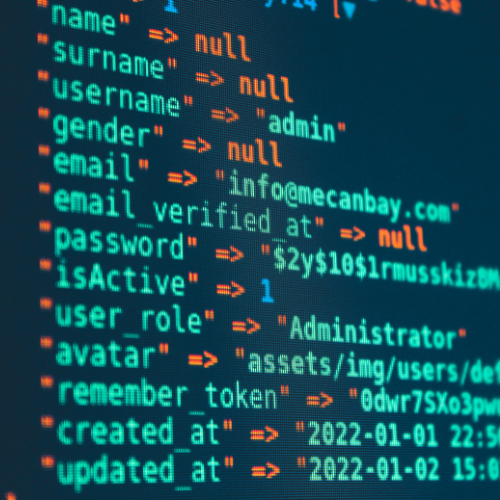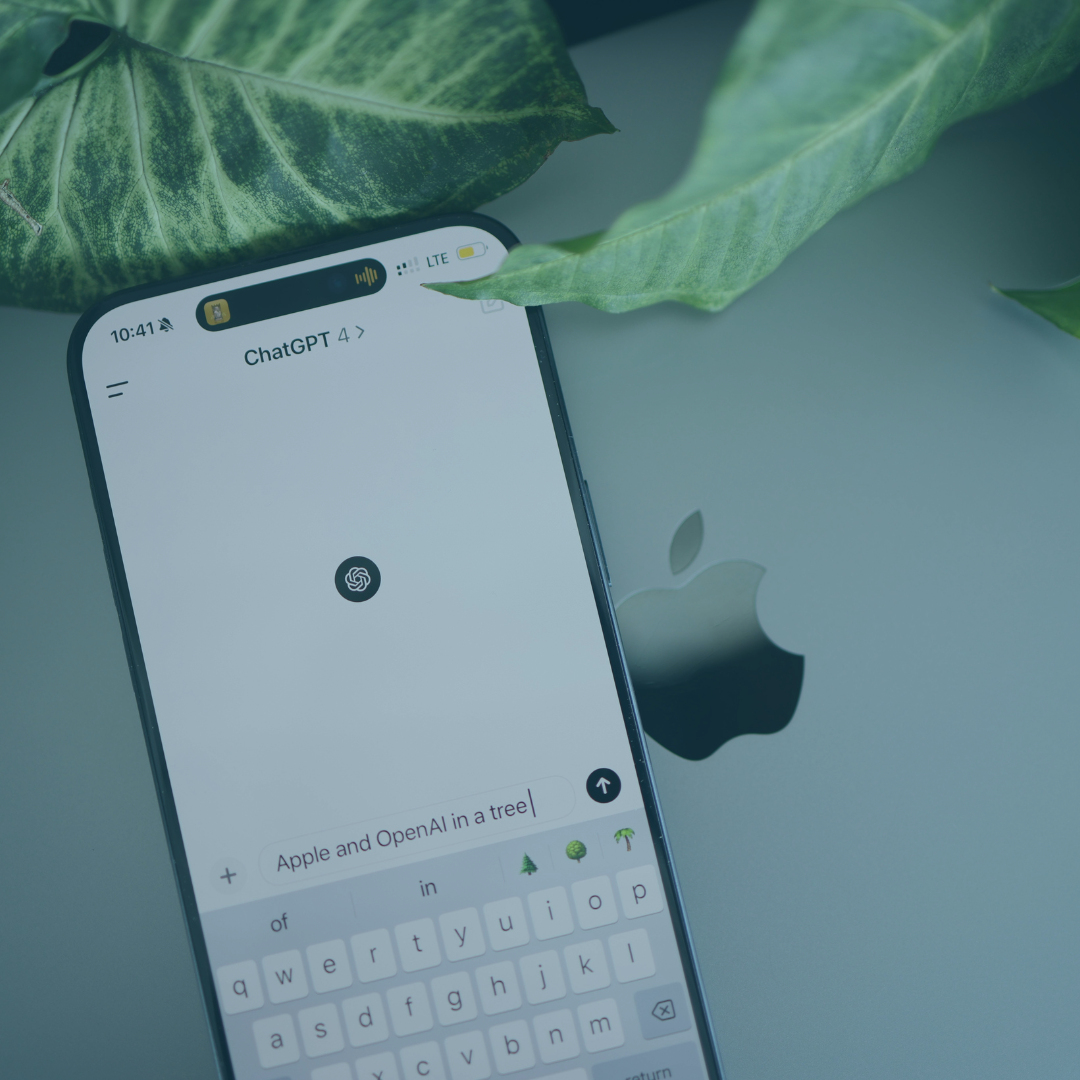What I Learned About Scammers, Revenge & Modern-Day Avengers (Feat. Kitboga)
If you’ve ever had your mom forward you an email from a “Nigerian prince” or your dad call in a panic because his computer “got hacked,” you’re going to love this one.
On the latest episode of Raising Tech, I sat down with Kitboga—YouTube legend, master scam-baiter, and (unofficial) modern-day Avenger. I’ve had his videos playing in the background during more late-night email marathons than I’d like to admit. Talking to him live? Next level.
Want to Use AI? Start with Clean Data
In senior living, the ultimate goal is to provide the best care and experience for residents. But behind the scenes, your business systems are only as powerful as the data that feeds them. If your systems are running on outdated, duplicated, or siloed data, it can undermine everything from financial reporting to resident care planning.
Let’s talk about why clean data matters and how data warehousing, data lakes, and cleanup strategies can set your organization up for long-term success.
What to Do if Your Email is Compromised and Sending Spam
Email compromises are one of the most common cybersecurity issues, and if your account is hijacked to send out mass spam emails, acting quickly is critical. If you’ve confirmed that these emails are not being sent by you intentionally, follow these steps immediately.
Windows 10 End of Life: What Senior Living Communities Need to Know Before October 2025
The clock is ticking! On October 14, 2025, Microsoft will officially end support for Windows 10. That means no more security updates, bug fixes, or technical support. If your senior living community is still running Windows 10, now is the time to take action to ensure security, compliance, and operational efficiency.
How AI is Transforming Senior Living: 3 Easy Ways to Get Started
Artificial Intelligence (AI) is revolutionizing industries worldwide, and senior living communities are no exception. But what does AI really mean for senior care? Is it about robots taking over? (Spoiler: No.) AI is simply a powerful tool that enhances efficiency, improves resident experiences, and streamlines operations.




















